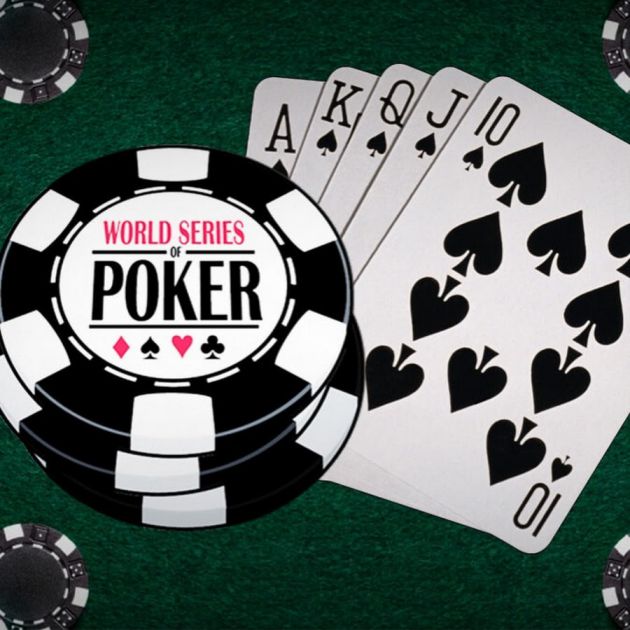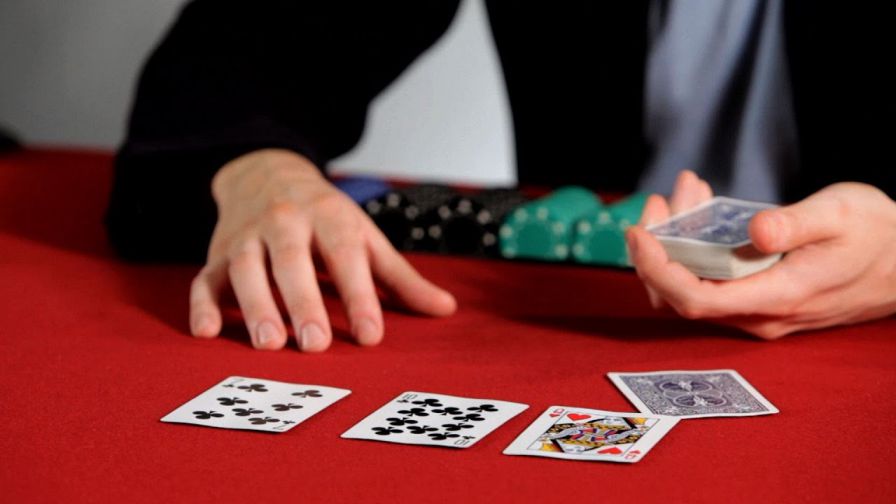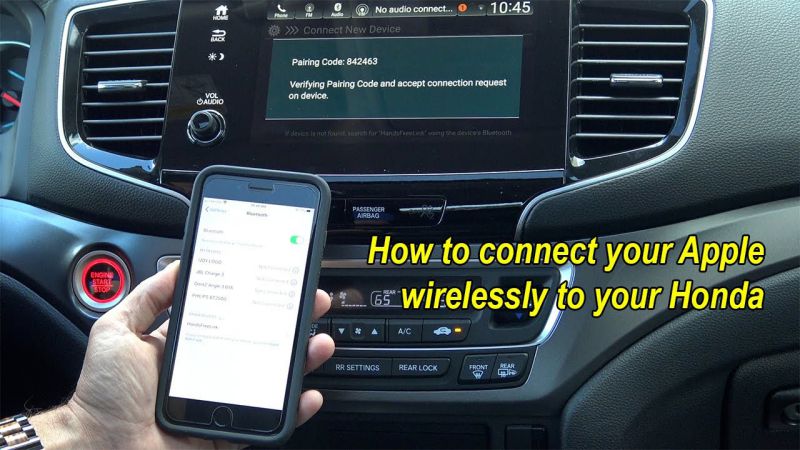Human interaction has always been a play of subtle cues and concealed intentions. One field where this is particularly pronounced is in the game of poker, where the ability to decipher an opponent’s face can spell the difference between victory and defeat.
Understanding the intricate dynamics of facial expressions and body language can give a player an edge in poker games. This art, often referred to as ‘reading poker faces,’ is an important skill every seasoned poker player strives to master.
Contents
- 1 Unraveling the Mystery: What is a ‘Poker Face’?
- 2 Building the Skill of Reading Poker Faces
- 3 Context is Key
- 4 Beyond the Game: The Real-world Application of Reading Poker Faces
- 5 Practice Makes Perfect: Enhancing Your Poker Face Reading Abilities
- 6 The Role of Intuition in Reading Poker Faces
- 7 Dealing with Poker Face Masters
- 8 Conclusion
Unraveling the Mystery: What is a ‘Poker Face’?
A ‘poker face’ is an impassive countenance that conceals a person’s thoughts and intentions. In a game of poker, where strategies hinge on the predictability or unpredictability of opponents, maintaining a poker face is of utmost importance. It’s a shield used to mask a player’s emotions and potential game strategy, making them unreadable to their opponents.
Facial Expressions and Microexpressions
The human face can provide a wealth of information that, if read correctly, can reveal a trove of information. However, poker players try to keep their faces as unreadable as possible, with only minute changes – known as ‘microexpressions.’
Microexpressions last only a fraction of a second but can provide significant insight into a player’s emotional state. However, detecting these fleeting facial changes requires acute observation skills and an understanding of human psychology.
Building the Skill of Reading Poker Faces
Reading poker faces is a skill that develops over time and with practice. Here are some ways to develop and enhance this ability:
Observe and Interpret Non-verbal Cues
Non-verbal cues, such as body language, facial expressions, and eye movements, can betray a player’s inner emotions. For example, frequent blinking might indicate nervousness, while sudden stillness could suggest that a player is bluffing.
Understand the Importance of Baselines
Establishing a ‘baseline’ is crucial when interpreting a person’s behavior. This involves observing a player’s usual behavior to detect any changes that might indicate bluffing or a strong hand.
Context is Key
The context of a player’s actions is also important in reading poker faces. Certain actions, such as touching the face or neck, could mean different things depending on the situation. For instance, a player might touch their face due to a natural itch, or it could be a sign of discomfort when they’re bluffing.
Poker games are a mixture of strategy, observation, and understanding human behavior. Mastering the art of reading poker faces requires not just a keen eye for detail, but also patience and the ability to think on one’s feet.
Spotting Inconsistencies
Inconsistencies in behavior or speech can indicate a bluff. A sudden change in a player’s betting pattern, or an inconsistency between their verbal and non-verbal cues, might reveal important information about their game strategy.
Beyond the Game: The Real-world Application of Reading Poker Faces
The art of reading poker faces goes beyond the poker table. It can be a useful skill in various aspects of life, including negotiations, conflict resolution, and even in personal relationships. By honing the ability to interpret non-verbal cues and detect deception, individuals can navigate social situations more effectively.
Practice Makes Perfect: Enhancing Your Poker Face Reading Abilities
Much like any skill, reading poker faces improves with consistent practice. One way to enhance this ability is by participating in as manygames as possible. Over time, your understanding of non-verbal cues will sharpen, making you a formidable opponent at the poker table.
Online Platforms and Offline Practice
In the current era, numerous opportunities exist to practice reading poker faces. Online platforms offer a convenient and accessible avenue to engage in poker games. While the physical cues might be absent in an online setup, it still provides a platform to understand betting patterns and decision-making processes.
Meanwhile, offline practice offers the complete package – allowing you to observe body language, facial expressions, and other physical cues closely. Participating in local poker games or tournaments can serve as valuable practice grounds.
The Role of Intuition in Reading Poker Faces
While observation and understanding of human behavior are critical in reading poker faces, one cannot overlook the role of intuition. Often, our gut feelings can guide us in making decisions or interpreting situations. However, remember that intuition should not replace observation and analysis but rather complement them.
Trusting Your Gut
Intuition comes from our brain’s ability to pick up on patterns and information subconsciously. While it’s essential to trust your gut, remember that it’s equally important to verify your intuitions with observable facts. Intuition and analytical thinking together can improve your poker face reading skills.
Dealing with Poker Face Masters
While it’s possible to read many poker faces, some seasoned players have perfected the art of concealing their emotions and intentions. Dealing with such opponents can be challenging but not impossible.
Strategies and Patience
In such situations, understanding the player’s strategies and being patient can be rewarding. Keep observing, stay adaptable, and remember that every move your opponent makes can provide a clue to their overall game strategy.
Conclusion
The art of reading poker faces is as intricate as it is fascinating. It’s a skill that requires patience, sharp observational skills, an understanding of human behavior, and a dash of intuition.
Beyond the poker table, this ability has broad applications, helping individuals navigate various social and professional situations more effectively. With practice and perseverance, anyone can master this art, turning every poker game into an intriguing exploration of human nature.



